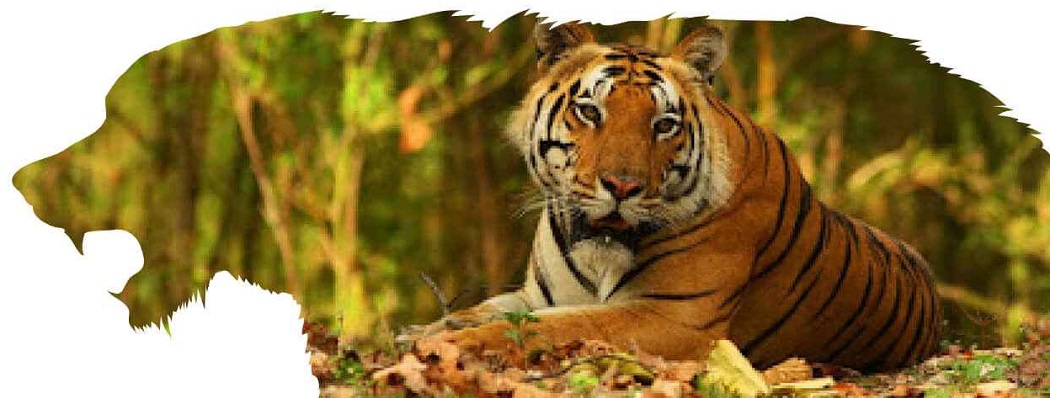Nestled in the heart of Madhya Pradesh, Kanha National Park stands as a shining jewel in India’s wildlife tourism map. Famous for its dense sal forests, rolling meadows, and remarkable biodiversity, Kanha is one of the most celebrated tiger reserves in the country. Spread across more than 940 sq. km, this vast wilderness has been instrumental in wildlife conservation, especially for the majestic Royal Bengal Tiger and the rare Barasingha, also known as the Hard Ground Swamp Deer. The allure of a Kanha jungle safari lies in its promise of raw, untamed nature. Every safari offers a new story - sometimes through the thunderous roar of a tiger echoing in the distance, and other times through the silent gaze of a deer at sunrise. The safari experience in Kanha National Park here never fails to leave an imprint on the soul. With Kanha online booking now easily accessible, planning a trip to this wilderness has become more convenient than ever.
Safari Timings and Duration - Planning Your Wildlife Encounter
Kanha National Park offers two safari slots each day: morning and afternoon. The morning safari typically begins around 6:00 am, depending on the season, and lasts for about 4 - 5 hours. The afternoon safari usually starts between 3:00 pm - 6:00 pm, and although shorter, it offers sightings in the warm glow of sunset, often when animals emerge to cool themselves near waterholes.
Kanha is divided into four core safari zones - Kanha, Kisli, Mukki, and Sarhi. Each zone offers unique terrains and animal movement patterns. The Kanha and Mukki zones are particularly known for frequent tiger sightings. At the same time, Kisli and Sarhi offer excellent bird-watching opportunities and sightings of other species like sloth bears and wild dogs.
The Safari Begins – What Happens at the Entry Gate?
Your adventure officially begins at the forest gate, where a quick but essential check takes place. ID verification is mandatory for all visitors, and your Kanha online booking confirmation needs to be presented at this point. After the paperwork is cleared, a forest guide, assigned by the forest department, joins your vehicle along with an experienced naturalist (if you've arranged one through your tour operator or lodge). Before the wheels roll into the wild, you are briefed on the do’s and don’ts of the jungle. These include maintaining silence, not feeding or provoking wildlife, and staying seated during the entire ride. This short orientation helps set the tone for a responsible and enriching safari.
As your jeep gently rumbles into the heart of the forest, your senses begin to awaken. Kanha’s crown jewel is undoubtedly the Royal Bengal Tiger. Another highlight of Kanha is the Barasingha. Apart from these, you may spot leopards, Indian wild dogs (dhole), jackals, sloth bears, and a wide variety of deer species, including sambar and chital. The park is also a paradise for bird lovers, with multiple bird species, from the Indian roller to the crested serpent eagle.
Role of the Forest Guide
The jungle is full of stories that often go unnoticed by untrained eyes. This is where your forest guide and naturalist play a vital role. Guides, being locals, have an incredible understanding of the terrain and animal behaviour. They can recognize a faint footprint or interpret a single birdcall to predict wildlife presence. They explain how each species, from the tiniest termite to the top predator, plays a vital role in the forest ecosystem. Along the way, they share fascinating anecdotes, such as territorial disputes between tigers or migratory patterns of birds, which add immense value to your experience.
To Sum Up, Don’t Forget to Capture the Best of Kanha
Kanha offers countless moments worthy of your camera. Wildlife photography here is all about patience and timing. It's crucial to avoid sudden movements or loud noises that may disturb the animals. Your guide can help position the vehicle for better angles, ensuring that you can capture nature without causing disruption.



